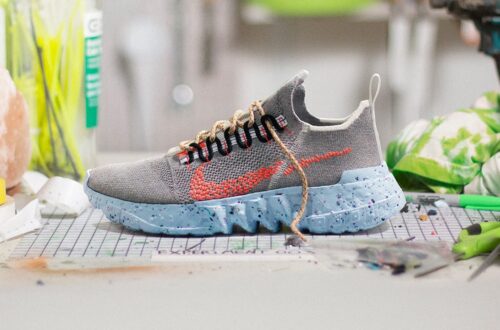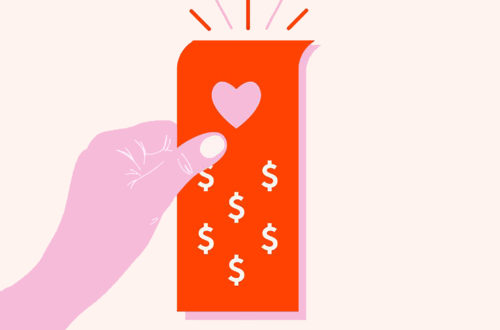July 19th, 2018: a typical summer day that most of us have spent peacefully sunbathing on a beach. This was certainly not the case for the managing team of Burberry, though, who had to deal with a drastic article published by The Times: Luxury brands including Burberry burn stock worth millions. In 2017, the British brand, like many others in the luxury industry, including Louis Vuitton and Richemont, reportedly burned £28M of unsold inventory. This strategy was adopted to maintain brand image and prevent products from being sold at discounts to the “wrong people”, the paper reported. This event, despite not having led to tragic falls in revenues (-1.2% from 2017 to 2018) for Burberry, was certainly a grenade for its reputation, especially in a period in which Fridays for Future were on the verge of inauguration. So, how did the company manage to survive during the current universal move towards CSR?
Clearly, the first measure adopted by Burberry was responding to the allegations, stating that they only destroyed items that carried their trademark, and they did so “in a responsible manner”. However, they also added that the brand would have stopped this unethical practice, as well as the use of real animal fur. To enforce these promises, the British brand created partnerships with Make Fashion Circular, an initiative of the Ellen MacArthur Foundation aiming at preventing waste in the industry, and Elvis & Kresse, a sustainable luxury brand. Moreover, Burberry established a research group for R&D on sustainable materials at the Royal College of Art in London.
The second, yet apparently unrelated, manoeuvre was the creation of a new logo, communicated publicly on August 2nd, 2018. Although no clear relation has been underlined between the two events, this may have been a wise move to promote a new era for the brand, under the direction of Riccardo Tisci.

Public pressure on CSR initiatives, however, imposed the necessity to create ad-hoc responsibility reports, currently available on the brand’s website. The goal for 2022 is taking steps to protect our planet and ensure we have a positive impact on those in our supply chain and communities, investing on communities-, company- and product-related strategies. In 2019, Burberry ranked third place in the ‘Textiles, Apparel & Luxury Goods’ sector in the Dow Jones Sustainability Index. Moreover, among other projects joined by the company, it is founding signatory of the UN Fashion Charter for Climate Action, an initiative aiming at achieving net-zero emissions by 2050.
As far as fashion shows are concerned, in April 2020, Burberry launched the “ReBurberry Edit”, a selection of pieces from its SS20 Collection, made of circular materials and sustainable fabrics. In addition, starting from the same Collection, the brand has committed to creating carbon neutral fashion shows, focused on reducing their environmental impact and compensating for potential emissions through the Burberry Regeneration Fund.

Overall, considering the plethora of measures adopted by Burberry, it is safe to say that the company is committing to building back its reputation in terms of CSR; however, it is unclear whether the real reason behind this effort is the pure involvement into sustainability or just the necessity to rebuild brand image.
by Carlotta Puccini





